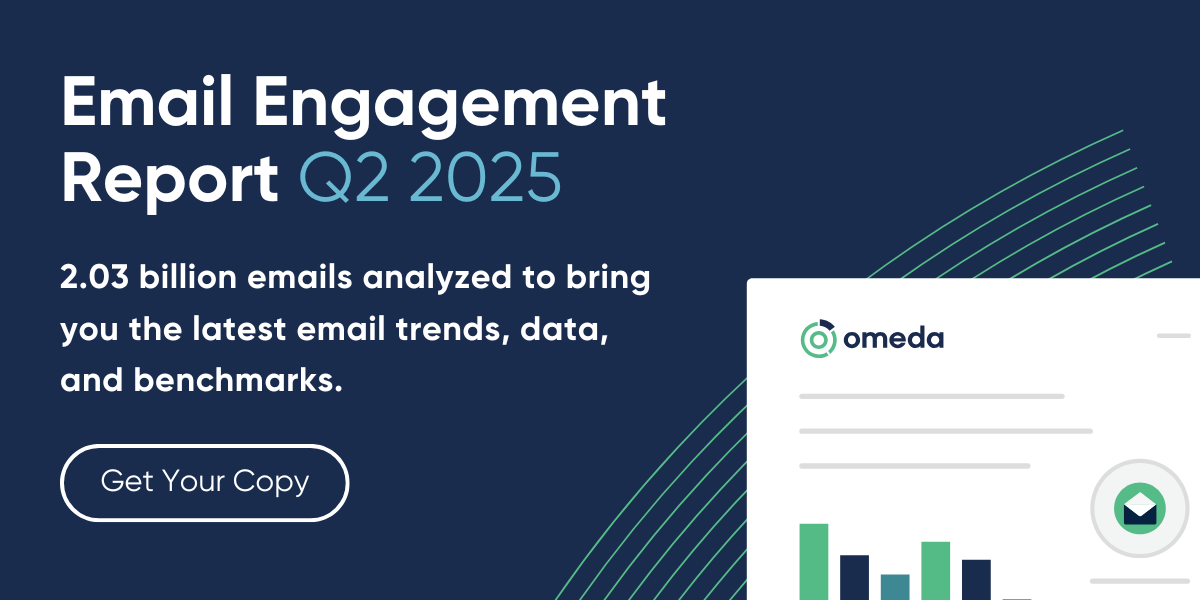Non-working media
Anonymous Brand Marketer on zero-sum realities of budgeting

One of the distinctive architectural flourishes of Rome is the many green cast iron newsstands known as edicole. These are throwbacks, a reminder of when the news kiosk played a central role in community life, a spot to grab la Republicca or La Gazetto della Sport. they sprang up with mass printed media’s rise in the late 19th and early 20th centuries to become communal hubs.
I’m glad they have survived, even in dwindled numbers, although nowadays they’re usually hawking Ciao Bella tourist souvenirs, knockoff Labubus and prepaid SIM cards. The alternative is usually extinction. I'm rooting for these revival projects succeed.
This week, I invited Anonymous Brand Marketer to address the thorny issue of how publishers can avoid being compressed further as non-working media, as they increasingly look to agency services.
Winning on distribution is a delusion, so many publishers are becoming more like ad agencies that buy the bulk of distribution on platforms. The agency route is attractive although the margins on services aren’t like selling media. As Alex once said in PvA, leave it to publishers to turn to an even worse business model.
The rise of content studios came with complications, as Troy and I discussed last week on PvA.
- Different margin profile. Costs on branded content programs can drag media margins of 20-25% to 7-10%.
- Billable hours discipline. Agencies are slaves to time sheets. Media companies can let costs erode programs.
- Organizational mismatch. Agencies lose an account, they cut people. Publishers don’t have that as a cultural norm.
The additional wrinkle is publishers can then look a lot like the hilariously named “non-working media,” which is what the CFO likes to term the actual creation of the ads. You don’t want to be labeled as that kind of cost, no matter how much you frame it as “investment.”
Anonymous Brand Marketer expands on the point below.

How your emails stack up

See how your email performance compares to other publishers in Q2 2025. Omeda’s latest Email Engagement Report breaks down industry benchmarks for newsletters, promotional emails, event campaigns, and more — based on 2 billion emails sent from our platform. You’ll also find a deep dive into click bot activity, so you can separate real audience engagement from inflated metrics. Whether you’re refining content strategy or proving value to advertisers, this quarterly report gives you the context you need to make smarter email marketing decisions.
Avoiding the non-working media label
by Anonymous Brand Marketer
There is such a stark difference in the kinds of interactions you have with the platforms and the media companies actually creating content.
The platforms are the companies you know you have to spend money with because they control the distribution. Media companies are the ones that you’d rather spend money with. They’re groups that are actually making something. Good ones break through the noise. The platforms are complacent and borderline annoyed with you. Their control of distribution means they are the exception to the norm: Ads on platforms are bought, not sold.
Media companies have to work harder. The media companies would do almost anything to make a relationship work and the good ones have real talent.
The issue is that when you do work with media companies, you still have to leverage the platforms to distribute the content anyway. Even when you have an event in real life, you are using the platforms to tell audiences what’s happening. Later, you give money to the platforms to distribute the recap content. No matter what, you're stuck spending with platforms. And budgets are zero-sum: That spending comes out of spending on media companies, which are often in the position of looking a lot like “non-working media” to a CFO.
This means most of the platforms don’t need to give you any time or energy, they have such vast audiences and they know you need to use them. Meanwhile, I have representatives from media companies that I really want to work with, who have innovative ideas, and who will bend over backwards for you to make something happen, and I can’t get their pitches approved because there is no specific promise of return. The subjectivity of who to use is admittedly quite high. Those who abide by the spreadsheet would much rather play the vending machine game the platforms are offering. Put in a quarter and get out 26 cents. Yippie!
This also gets at something that we had discussed before, the attitude of the executives who are green lighting your efforts. Those in ultimate control of these budgets are not usually engaged with content from the creators you want to work with. I used to get annoyed when those executives would tell stories about what their teenagers watched or listened to. They’d use that as justification for investing in work with whichever media company their teens enjoyed.
Now? I long for any executive to have an understanding of something beyond the platforms. Please, give me an anecdote that allows us to pursue something interesting.
So what can you do about it? For one, focus on what you’re good at. Dive deep. Media companies are easier to sell internally when they have a defined focus. Maybe your brand isn’t “working media” but it is the leader on decorating your first home. That helps. For another, try to make connections with the people who work at the platforms. If you can get past the faceless entity and get someone within Meta advocating for you or mentioning your name to a client as a preferred partner, you can make yourself on the spreadsheet. That relationship will evolve over time. Try to connect with them and show them why brand partners will appreciate you recommending them. It also makes their job easier.
And that brings me to the last thing, something that’s hard to swallow in media these days. You need to be patient. Brand budgets take a while to allocated. Relationships that pay off unfold over time. Spreadsheet inclusion is preparation meeting opportunity. Don’t badger your brand marketers, but definitely be present over time. If you’re selling something impactful, it will pay off. If you’re not, well, it’s not going to matter anyway.
Send feedback by hitting reply.


